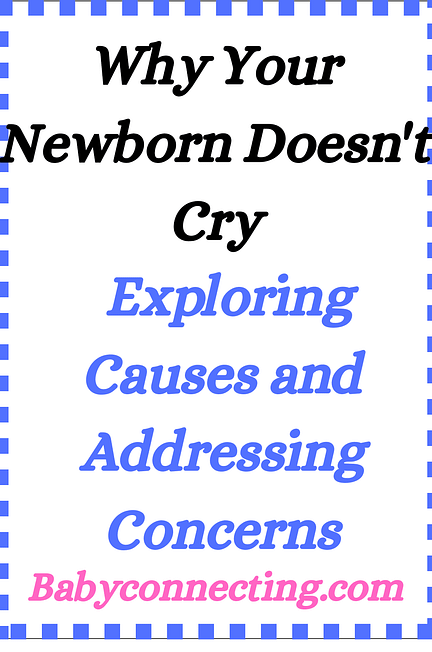“Understanding Insect Bites on Babies: Effective Treatment and Management Strategies”
Introduction:
Insect bites on babies can be a cause of concern for parents, as they can lead to discomfort, itching, and potential complications if not treated promptly and properly. Understanding how to identify and treat insect bites on babies is essential for ensuring their well-being and providing relief from symptoms.
In this article, we’ll explore the types of insect bites that commonly affect babies, effective treatment options, and management strategies, supported by research references to provide comprehensive guidance to parents.
Types of Insect Bites on Babies:
1. Mosquito Bites:
Mosquito bites are common in babies, especially during warmer months. They typically appear as small, red bumps and may cause itching and mild swelling.
2. Ant Bites:
Ant bites can cause redness, swelling, and pain at the site of the bite. Some ants, such as fire ants, may inject venom, leading to more severe reactions in babies.
3. Spider Bites:
Spider bites are less common but can occur if a baby comes into contact with a spider in the home or outdoors. Depending on the type of spider, bites may result in localized pain, redness, and swelling.
4. Bee and Wasp Stings:
Bee and wasp stings can cause immediate pain, redness, and swelling at the site of the sting. Some babies may experience allergic reactions, including hives, difficulty breathing, or anaphylaxis.
Treatment and Management of Insect Bites on Babies:
1. Clean the Area:
Begin by gently cleaning the affected area with mild soap and water to remove any dirt, debris, or venom left by the insect.
2. Apply a Cold Compress:
To alleviate pain and reduce swelling, apply a cold compress or ice pack wrapped in a cloth to the bite area for 10-15 minutes at a time.
3. Use Over-the-Counter Remedies:
Consider using over-the-counter remedies such as hydrocortisone cream or calamine lotion to soothe itching and irritation. Be sure to follow the product’s instructions and consult a healthcare professional if you have any concerns.
4. Administer Pain Relief:
If your baby is experiencing discomfort or pain from the insect bite, you can administer age-appropriate pain relief medication, such as infant acetaminophen or ibuprofen, following the dosage recommendations.
5. Prevent Scratching:
Encourage your baby to avoid scratching the bite to prevent further irritation and potential infection. Keep their nails trimmed short and consider covering the bite with a clean bandage or adhesive strip.
6. Monitor for Signs of Infection:
Keep a close eye on the bite site for signs of infection, such as increased redness, swelling, warmth, or pus-like discharge. If you notice any concerning symptoms, seek medical attention promptly.
7. Prevent Future Bites:
Take steps to prevent future insect bites by using insect repellents recommended for babies, dressing your baby in lightweight, long-sleeved clothing when outdoors, and avoiding areas with high insect activity during peak times.
Research References:
1. Burkhart, C. G. (2005). Venomous Arthropods. Journal of the American Academy of Dermatology, 52(3), 445-447.
2. Freye, H. A., & Esch, R. E. (2014). Bites and Stings of Medically Important Venomous Arthropods. International Journal of Dermatology, 53(6), 692-704.
3. Golden, D. B. K. (2015). Insect Sting Allergy and Anaphylaxis. Immunology and Allergy Clinics of North America, 35(2), 287-302.
Conclusion:
Insect bites on babies can cause discomfort and distress, but with proper treatment and management, most bites can be effectively alleviated. By following the steps outlined in this article, parents can provide relief for their babies and promote healing. Additionally, taking preventive measures to reduce the risk of future insect bites is essential for ensuring the well-being of babies, especially during outdoor activities. If you have any concerns about insect bites or your baby’s reaction to them, don’t hesitate to seek guidance from a healthcare professional.



